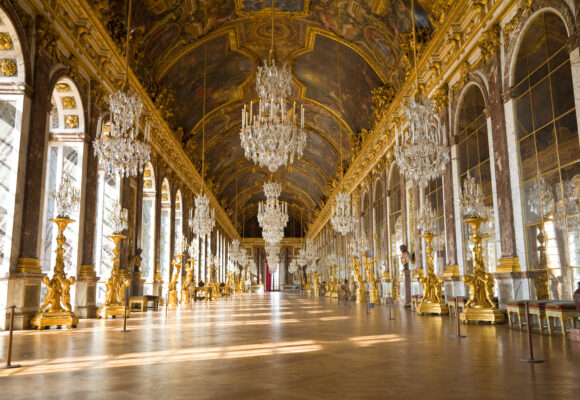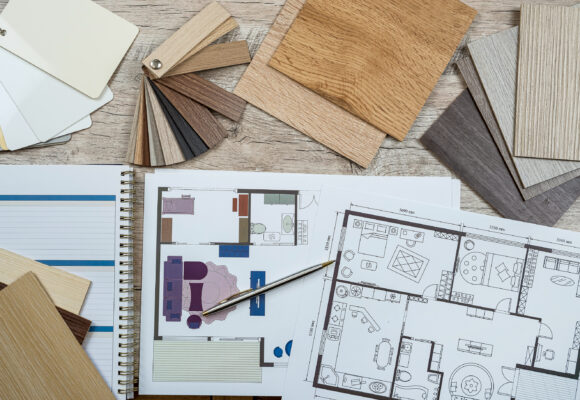Uplights and downlights are two distinct types of lighting fixtures that serve different purposes and create unique lighting effects. Understanding the differences between these two types of lights and knowing where and how to use them can help you create a well-balanced and visually appealing lighting scheme in any space. Let’s explore the differences between uplights and downlights, their applications, and examples of where to use them.
Uplights
Uplights, as the name suggests, direct light upwards, illuminating walls, ceilings, and architectural features. They create a soft, indirect glow that adds depth, texture, and visual interest to a space. Uplights are often used to highlight decorative elements, create ambient lighting, or accentuate architectural details.
Where to Use Uplights:
- Living Rooms: Uplights can be used to highlight textured walls, decorative mouldings, or artwork, adding visual interest and depth to the space. They create a warm and inviting ambiance that enhances the overall design of the room.
- Bedrooms: Uplights can be used to create a cozy and relaxing atmosphere by illuminating walls or ceilings. They provide soft, ambient lighting that enhances comfort and tranquility, making them ideal for bedrooms.
- Hallways: Uplights can be installed along hallways to create a soft, indirect glow that guides people through the space. They add depth and dimension, making hallways feel more spacious and inviting.
Examples of Uplights:
- Wall Sconces: Wall sconces with upward-facing shades or diffusers can be used as uplights to illuminate walls or ceilings.
- Floor Uplights: Floor-mounted uplights can be placed strategically around a room to create a soft, ambient glow.
- Table Uplights: Table lamps with upward-facing shades can also be used as uplights to create a warm and inviting atmosphere.
Downlights
Downlights, on the other hand, direct light downwards, providing focused illumination on specific areas or surfaces. They are often used for task lighting, highlighting workspaces, countertops, or architectural features. Downlights create a bright and focused light that improves visibility and enhances functionality in a space.
Where to Use Downlights:
- Kitchens: Downlights can be installed above countertops, islands, or sinks to provide focused task lighting for food preparation, cooking, and cleaning. They eliminate shadows and improve visibility, making kitchen tasks safer and more efficient.
- Bathrooms: Downlights can be used to illuminate vanity mirrors, countertops, or shower areas, providing bright and focused lighting for grooming tasks. They enhance visibility and create a spa-like atmosphere that enhances relaxation and rejuvenation.
- Home Offices: Downlights can be used to provide focused illumination on desks, workspaces, or shelving units, improving visibility and reducing eye strain during work or study sessions.
Examples of Downlights:
- Recessed Lights: Recessed downlights, also known as can lights or pot lights, are installed into the ceiling and provide focused illumination on specific areas or surfaces.
- Pendant Lights: Pendant lights with downward-facing shades can be used as downlights when hung above workspaces, dining tables, or kitchen islands.
- Track Lighting: Track lighting with adjustable heads can be directed to provide focused illumination on various surfaces or areas, making them a versatile option for downlighting.
Uplights vs. Downlights:
While both uplights and downlights serve important roles in lighting design, they offer different benefits and create distinct lighting effects. Uplights add depth, texture, and visual interest by illuminating walls, ceilings, and architectural features, while downlights provide focused illumination on specific areas or surfaces, improving visibility and enhancing functionality.
Conclusion
Understanding the differences between uplights and downlights, as well as their applications, can help you create a well-balanced and visually appealing lighting scheme in any space. By choosing the right type of lighting for each area or task, you can enhance the overall design, functionality, and ambiance of your home. Whether you’re looking to highlight decorative elements, create ambient lighting, or improve visibility for specific tasks, uplights and downlights offer versatile options that can be tailored to meet your lighting needs and preferences.




 No products in the basket.
No products in the basket. 
